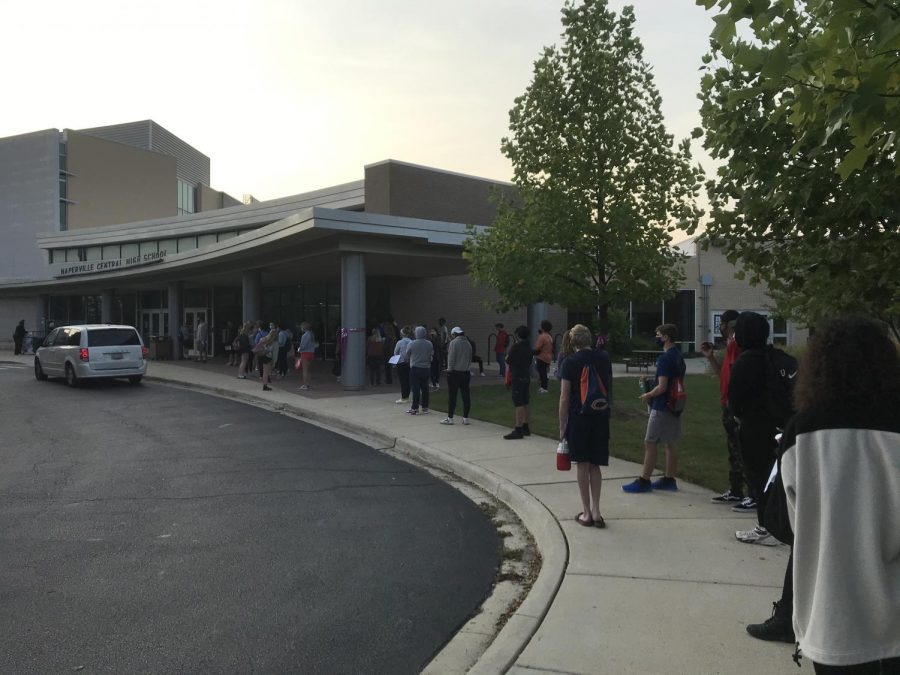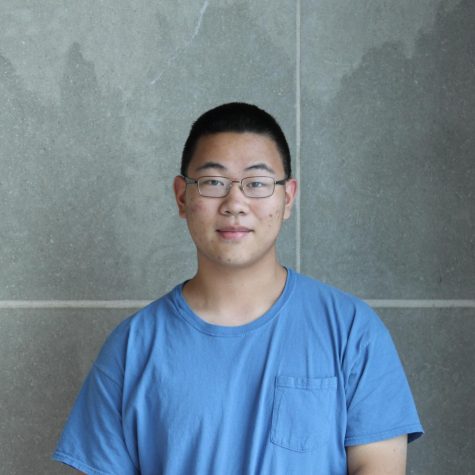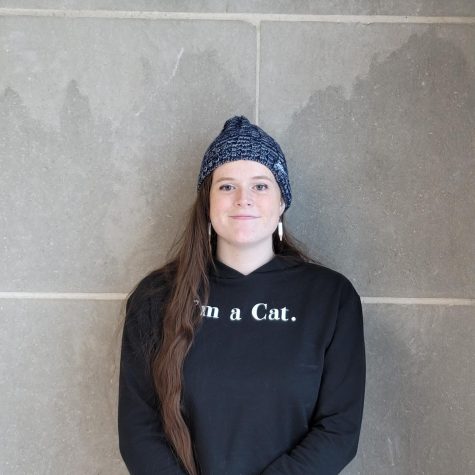D203 details procedures, protocols for returning students to onsite learning
Socially distanced seniors wait in line to enter the school and make up their spring SAT on Sept. 23.
October 11, 2020
When District 203 administration announced its plans to begin welcoming students back into its school buildings starting this week, it also included more detailed information about protocols that all students and their families must follow to address COVID-19 concerns.
The district reported a moderate low level of transmission two weeks prior to the Oct. 5 Board of Education meeting based on DuPage County Health Department (DCHD) standards, and moderate level of transmission in the last four weeks based on Illinois Department of Public Health (IDPH) standards.
District administrators also announced via a slide show presented during the Oct. 5 board of education meeting that seven students and eight staff members tested positive for COVID-19 between Sept. 21 and Oct. 5.
With information acquired from a request to inspect records pursuant to the Illinois Freedom of Information Act, 5 ILCS 140, the Central Times learned that from Sept. 1 to Sept. 28, 46 students and five staff members reported testing positive for COVID-19 in D203. Representatives for District 203 would not provide information regarding which reported cases were associated with students and staff at the elementary, junior high and high school levels, citing privacy concerns. Only cases reported to the district by affected individuals and families were included in these numbers.
In that same time period, the DCHD reported 73 individuals ages 5-19 that tested positive for the virus in Naperville alone. District 203 also serves several students in Lisle and Bolingbrook.
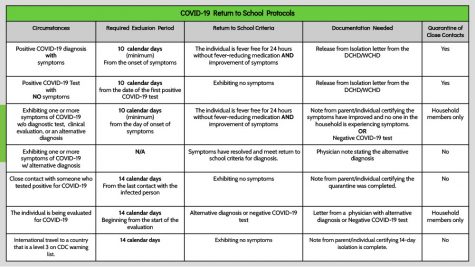
As students return to onsite learning, they will need to complete daily symptom monitor checks with parents or guardians before arriving at a D203 building. Generally, students who either test positive for or exhibit symptoms of COVID-19 must quarantine for 10 days, be cleared of symptoms and receive clearance in writing from county public health departments or parents to return to school.
Symptoms of COVID-19 include but are not limited to: fever, chills, cough, shortness of breath or difficulty breathing, fatigue, muscle or body aches, headache, new loss of taste or smell, sore throat, congestion or runny nose, nausea, vomiting and diarrhea. Students who exhibit any of these symptoms as a result of other non-COVID-19-related ailments will be expected to provide written clearance from a physician attributing these symptoms to something other than COVID-19.
Students will be notified if they’ve been exposed to a COVID-positive classmate or staff member, with follow-up procedures tailored to the nature of the exposure. Close contacts — individuals who were within six feet of a COVID-positive individual for more than 15 minutes — will be notified by phone and asked to quarantine for 14 days. Limited contacts — individuals whom Dr. Christine Igoe, Assistant Superintendent for Student Services, defined as “within the same indoor location for a prolonged period of time, typically all students who were in the classroom” — will be notified of “low risk contact” and asked to monitor their symptoms.
According to Naperville Central school nurse Erica Kelly, the building will be quite different when students return.
“There are arrows on the floor for directing traffic,” Kelly said. “You’ll see desks that are a lot farther apart than you’re used to. You’ll see hand sanitizer everywhere. We’re encouraging kids and staff to use that hand sanitizer whenever they see it.”
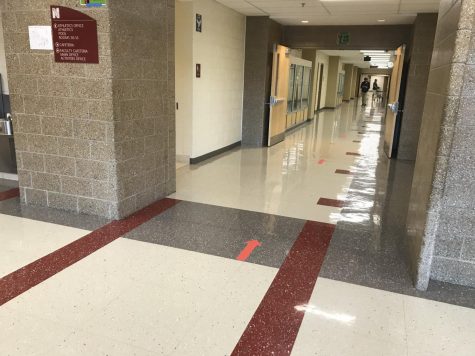
Outside of school, students are also encouraged to take measures to mitigate the spread of the virus.
“Wash your hands often, wear your mask, watch your distance,” Kelly said. “Stay home if you’ve got symptoms. This is not the time to be the hero.”
The district is preparing for COVID-19 positive cases to pop up in the building.
“We will have two health offices,” Kelly said. “One where our current office is, for kids coming in with a non-illness related concern, and a separate office for kids who are sick so that we can be isolating [them] appropriately.”
The new area is being referred to by Central administrators as the “care annex” and is located just across the hall from the existing health office in the room previously used for students serving in-school suspensions.
COVID-19 is the disease caused by SARS-CoV-2, a coronavirus first discovered in China in late 2019. It can transmit asymptomatically, has a particularly high rate of transmission and typically has an asymptomatic incubation period of 2-14 days. Though research on the virus is constantly uncovering new findings, scientists are worried by some of the findings.
“The long term complications from getting COVID are still not understood,” said Dr. Judd Hultquist, associate professor of medicine at Northwestern University. “COVID has shown that it can stick around in somebody for quite a long time. Complications people have been talking about are brain fogs and persistent heart issues, [which] could be due to prolonged inflammation [or] the immune response to the virus.”
For more information about COVID-19, visit the CDC website.



